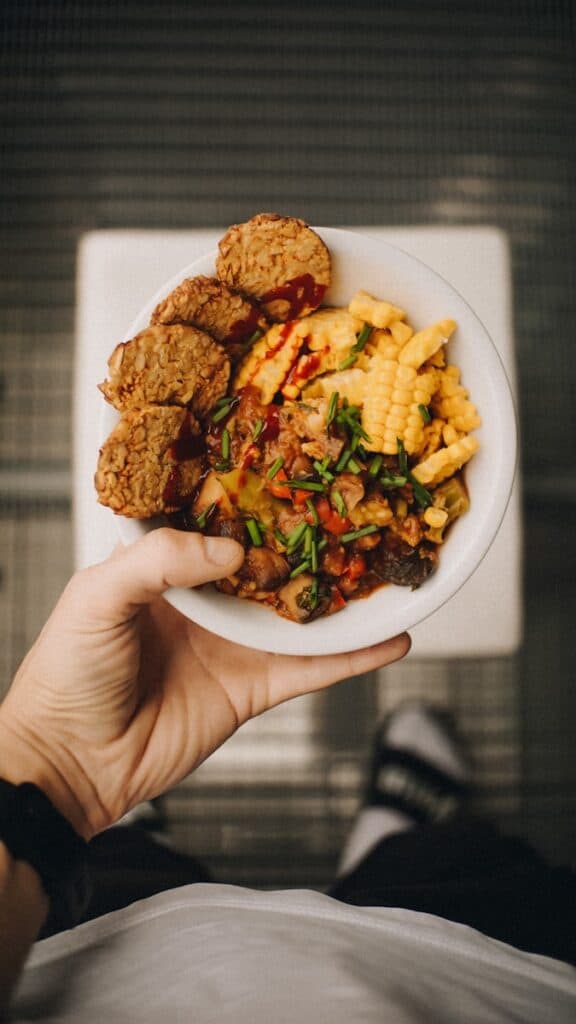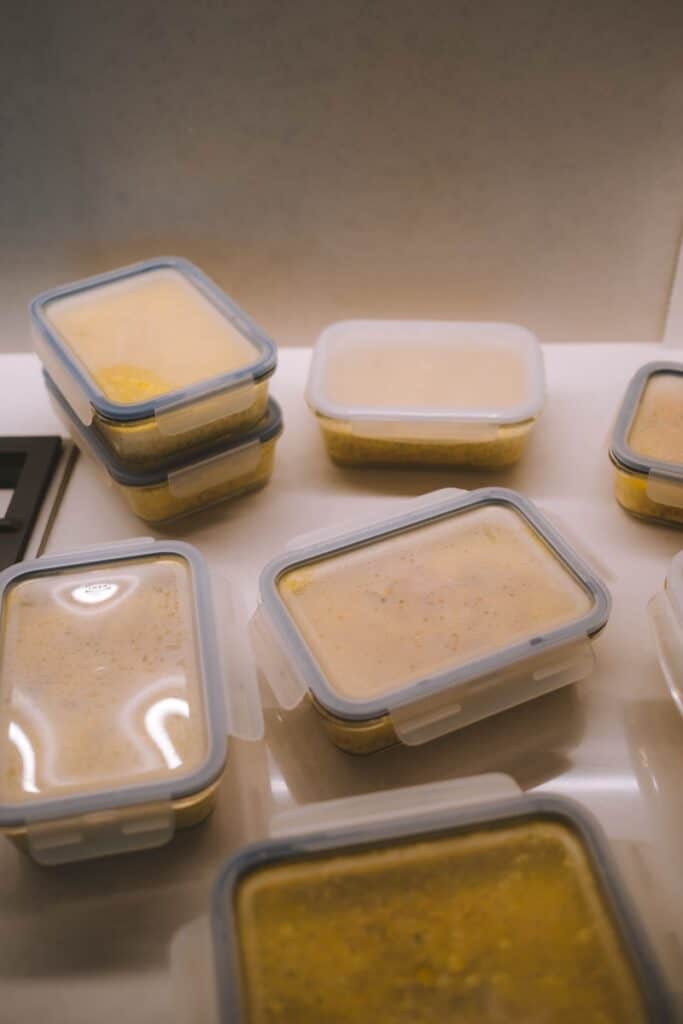Think low-carb eating is expensive? It doesn’t have to be! A smart meal plan helps cut costs without sacrificing nutrition or flavor.
The key is choosing budget-friendly ingredients, cooking at home, and avoiding overpriced “health” foods. With the right approach, you can enjoy tasty, satisfying meals while sticking to your budget.
Let’s look at practical ways to create an affordable low-carb meal plan that keeps you full and saves you money.
1. Pick Budget-Friendly Protein Sources

Meat can be pricey, but there are ways to get protein without spending too much. Ground beef, chicken thighs, and canned tuna cost less than steak or salmon. Eggs offer another cheap, high-protein option.
Buying meat in bulk or on sale saves even more. Stretching protein with cheaper ingredients, like adding eggs to a meal or using a mix of meat and vegetables in dishes, also cuts costs.
2. Stick to Simple, Whole Foods
Prepackaged low-carb snacks and specialty products cost more than whole foods. Instead of buying almond flour bread or keto bars, go for natural options like eggs, cheese, and nuts.
Vegetables like cabbage, zucchini, and spinach provide fiber and nutrients without breaking the bank.
Shopping for whole foods instead of processed items keeps your meal plan affordable and nutritious.
3. Buy in Bulk and Freeze Extras
Larger packages of meat, cheese, and vegetables often cost less per pound. Freezing portions helps avoid waste and makes meal planning easier.
Ground beef, chicken, and even dairy products like shredded cheese last longer when stored properly.
Frozen vegetables work just as well as fresh ones for many dishes and often cost less. Keeping a stocked freezer helps create quick, budget-friendly meals anytime.
4. Cook at Home Instead of Eating Out

Restaurant meals often come with hidden carbs and high prices. Cooking at home allows better control over ingredients and costs much less.
Simple recipes like omelets, stir-fries, and roasted meats don’t take long to make and keep meals budget-friendly.
Prepping food in advance saves time and reduces the temptation to grab expensive takeout.
5. Plan Meals Around Sales and Discounts
Checking weekly store ads and planning meals based on what’s on sale saves money. If chicken thighs or ground turkey have a discount, build meals around them for the week.
Buying seasonal produce also lowers grocery costs since in-season vegetables usually cost less.
Shopping with a list based on sales prevents impulse purchases and keeps spending under control.
6. Use Affordable Low-Carb Staples
Some ingredients work in multiple dishes, keeping meal plans simple and cheap. Eggs, canned fish, frozen vegetables, and cheese make excellent staples.
Buying staple foods in bulk and rotating recipes prevents food boredom. A few key ingredients can create different meals without adding extra costs.
7. Stretch Meals with Low-Cost Additions
Adding low-carb fillers makes meals more affordable. Cabbage, cauliflower, and zucchini bulk up dishes while keeping carb counts low.
Mixing meat with eggs, cheese, or leafy greens extends portions without extra spending. Making soups or casseroles with affordable vegetables and proteins keeps meals filling and budget-friendly.
8. Avoid Expensive Low-Carb Substitutes

Pre-made keto bread, specialty desserts, and diet-friendly snacks cost more than homemade versions.
Instead of buying cauliflower pizza crust, making one at home with grated cauliflower and cheese costs less.
Swapping store-bought almond milk for diluted heavy cream provides a budget-friendly alternative.
Simple swaps save money while keeping meals tasty.
9. Use Leftovers for the Next Meal
Cooking in batches and reusing leftovers reduces waste and cuts costs. Leftover roasted chicken becomes a salad topping, and extra ground beef turns into taco filling.
Planning meals with leftovers in mind makes grocery shopping more efficient.
Turning one cooked ingredient into multiple dishes keeps things fresh without extra spending.
10. Shop Smart at Discount Stores
Warehouse stores, discount grocery chains, and farmer’s markets offer lower prices than regular supermarkets.
Buying meat, cheese, and vegetables from these stores helps keep food costs down.
Checking for markdowns on meat or dairy products close to their expiration date also brings extra savings.
Finding the right stores for budget shopping makes a big difference.
11. Keep Snacks Simple and Cheap
Expensive low-carb snacks like protein bars and specialty chips add up quickly. Sticking to simple snacks like boiled eggs, cheese sticks, or nuts saves money.
Making snack packs at home using bulk ingredients keeps costs lower than buying prepackaged options.
Choosing affordable snacks keeps a low-carb diet budget-friendly.
12. Stick to a Weekly Grocery Budget
Setting a grocery budget and tracking spending prevents overspending. Using cash or a dedicated debit card for groceries makes it easier to stay within budget.
Checking receipts and adjusting the meal plan based on spending patterns ensures that costs stay manageable.
Having a set budget helps maintain an affordable low-carb lifestyle long-term.
13. Reduce Food Waste with Smart Storage
Throwing away food wastes money. Storing fresh produce properly extends its shelf life. Freezing meat and dairy before expiration prevents spoilage.
Using clear storage containers keeps leftovers visible and easy to use. Reducing food waste means getting the most out of every grocery trip.
14. Batch Cook for Quick, Affordable Meals

Cooking in bulk and storing portions saves time and money. Preparing a big batch of chili, soup, or grilled chicken provides meals for several days.
Using a slow cooker or Instant Pot helps cook large amounts with minimal effort.
Having ready-to-eat meals prevents unnecessary spending on convenience foods.
15. Choose Water Over Expensive Drinks
Low-carb drinks like almond milk, flavored waters, and diet sodas cost more than regular water. Drinking tap or filtered water instead of store-bought beverages cuts grocery costs.
Infusing water with lemon or cucumber adds flavor without extra expense. Sticking to water keeps both carb counts and budgets in check.
Low-Carb Meal Planning on a Budget Is Possible
Eating low carb doesn’t have to be expensive. Choosing budget-friendly proteins, buying in bulk, cooking at home, and avoiding overpriced substitutes all help save money.
Planning meals around sales and using leftovers wisely reduces costs even more. Small changes, like drinking water instead of costly beverages, make a big impact over time.
Want more tips for affordable, healthy eating? Keep exploring new ways to eat well without overspending. Making small adjustments each week leads to big savings in the long run.
Start planning smarter meals today!